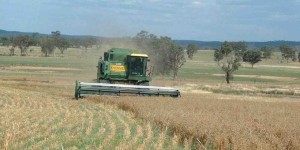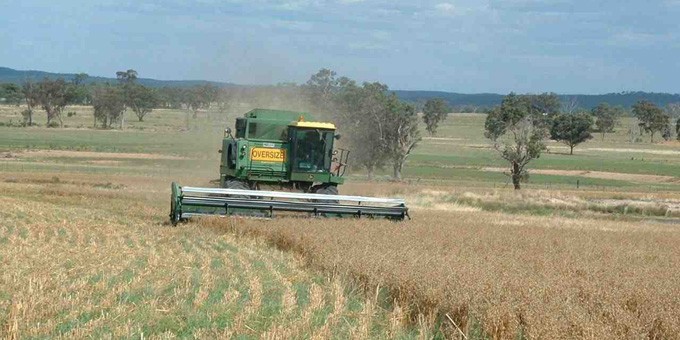
Various types of human activity decrease soil organic matter contents and biological activity. However, increasing the organic matter content of soils or even maintaining good levels requires a sustained effort that includes returning organic materials to soils and rotations with high-residue crops and deep- or dense-rooting crops. It is especially difficult to raise the organic matter content of soils that are well aerated, such as coarse sands, and soils in warm-hot and arid regions because the added materials decompose rapidly. Soil organic matter levels can be maintained with less organic residue in finetextured soils in cold temperate and moist-wet regions with restricted aeration.
High-quality soil is crucial to grow nutrient-dense plants. Tragically, most of our soil is being significantly damaged, thanks to modern farming methods. Gabe Brown is a true pioneer in teaching about regenerative land management, which helps restore soil health.
At this point, his operation is not certified organic, but he's implemented a number of land regenerative practices. He doesn't till his land anymore, does not use herbicides on crops that are growing. He's stopped using glyphosate altogether and has integrated cocktail cover crops and livestock rotational grazing.
In 1991, he and his wife purchased the family farm from her parents, and they began farming conventionally using heavy tillage, low crop diversity, and season-long livestock grazing.
“Not being from a farm or ranch, I always tended to question why we do certain things,” he says. “I had listened and attended a class that Alan Savory put on, talking about rotational grazing.
The Importance of No-Till …
![]() Recent research has demonstrated the devastating effects of compaction from wheel impact on the occurrence and survival of eartworms (Pangnakorn et al., 2003). Earthworm incidence was greater under controlled traffic than under wheeled traffic. Figure 11 shows the immediate effects of wheeling and tillage on the earthworm population. It appears that wheeling has the most detrimental effect on earthworm survival and that where wheeling is followed by tillage the survival rate is much greater. This may indicate that earthworms are able to survive an initial compaction in the field as long as it is relieved immediately. Where it is not, earthworms are inmobilized and unable to find air and nutrients.
Recent research has demonstrated the devastating effects of compaction from wheel impact on the occurrence and survival of eartworms (Pangnakorn et al., 2003). Earthworm incidence was greater under controlled traffic than under wheeled traffic. Figure 11 shows the immediate effects of wheeling and tillage on the earthworm population. It appears that wheeling has the most detrimental effect on earthworm survival and that where wheeling is followed by tillage the survival rate is much greater. This may indicate that earthworms are able to survive an initial compaction in the field as long as it is relieved immediately. Where it is not, earthworms are inmobilized and unable to find air and nutrients.
Please Read this Article at Articles.Mercola.com





Leave a Reply